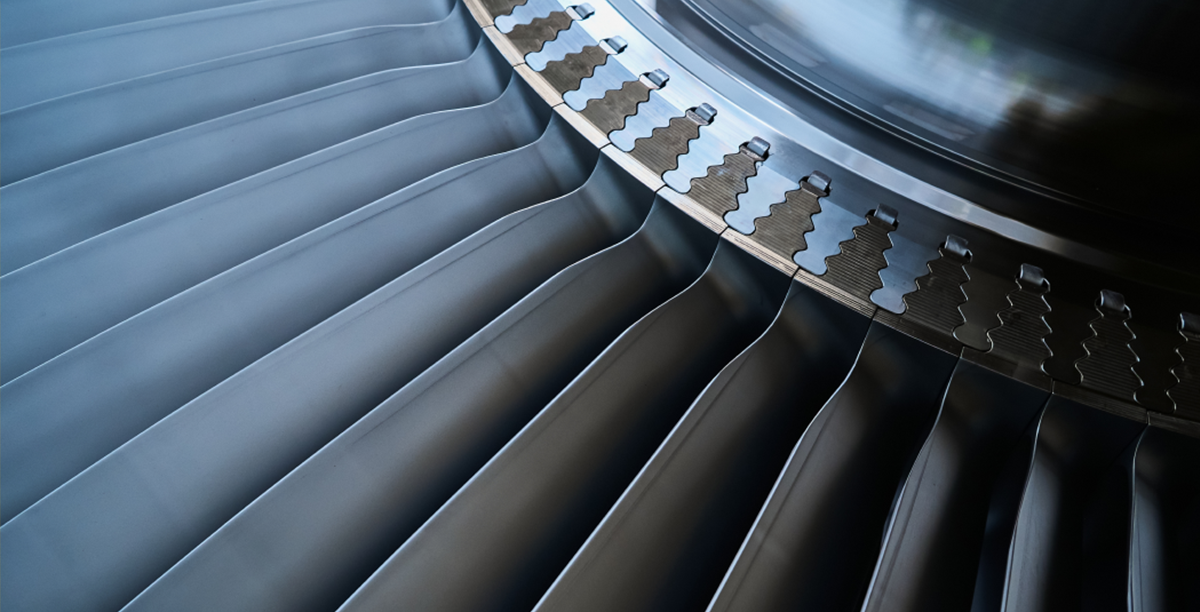Direct Air Capture (DAC) Technologies
Direct Air Capture (DAC) is an innovative approach to removing carbon dioxide directly from the atmosphere. This technology plays a crucial role in mitigating climate change by addressing both current and legacy CO2 emissions.

Here's an overview of the main methods used in DAC:
Chemical Absorption Methods
Chemical absorption, particularly using liquid solvents, is one of the most developed DAC technologies:
1. Amine-based solvents:
• Highly selective for CO2
• Can achieve high capture rates
• Challenges include energy-intensive regeneration and potential for solvent degradation
2. Alkali hydroxide solutions (e.g., sodium hydroxide):
• Forms stable carbonate precipitates
• Requires high-temperature regeneration
• Offers potential for high-purity CO2 streams
Physical Adsorption Methods
Physical adsorption uses solid sorbents to capture CO2:
1. Activated carbons:
• High surface area and porosity
• Relatively low cost
• Moderate CO2 selectivity
2. Zeolites:
• Highly porous aluminosilicate materials
• Good CO2 selectivity, especially at low temperatures
• Sensitive to moisture
3. Metal-Organic Frameworks (MOFs):
• Highly tunable pore structures
• Potential for high CO2 capacity and selectivity
• Still in research and development phase
Moisture Swing Adsorption
This innovative approach uses anionic exchange resins:
• Absorbs CO2 when dry and releases it when moist
• Utilizes the latent heat of water phase change
• Requires further research for cost-effectiveness
Membrane Separation
Emerging technology using semi-permeable membranes:
• Requires minimal water usage
• Smaller footprint compared to other methods
• Still in development, with a focus on improving permeability and selectivity
Process Configurations
DAC systems typically employ cyclic processes for continuous operation:
1. Temperature Swing Adsorption (TSA):
• Uses heat for sorbent regeneration
• Suitable for both chemical and physical sorbents
2. Pressure/Vacuum Swing Adsorption (PSA/VSA):
• Utilizes pressure changes for CO2 capture and release
• Often combined with TSA for enhanced performance
3. Electric Swing Adsorption (ESA):
• Uses electric current for direct heating of sorbents
• Potential for improved energy efficiency
Challenges and Ongoing Research
1. Reducing the energy required for sorbent regeneration and air movement
2. Improving CO2 capacity, selectivity, and durability
3. Enhancing heat integration and reducing operational costs
4. Addressing engineering challenges for large-scale deployment
Future Prospects
As research progresses and costs decrease, DAC technologies are expected to play an increasingly important role in achieving net-zero emissions. The U.S. Department of Energy's Carbon Negative Shot initiative aims to drive innovation in this field, targeting CO2 removal at gigatonne scales for less than $100 per net metric ton of CO2-equivalent.
By combining DAC with long-term CO2 storage or utilization, these technologies offer a promising pathway for actively reducing atmospheric CO2 concentrations and mitigating climate change impacts.